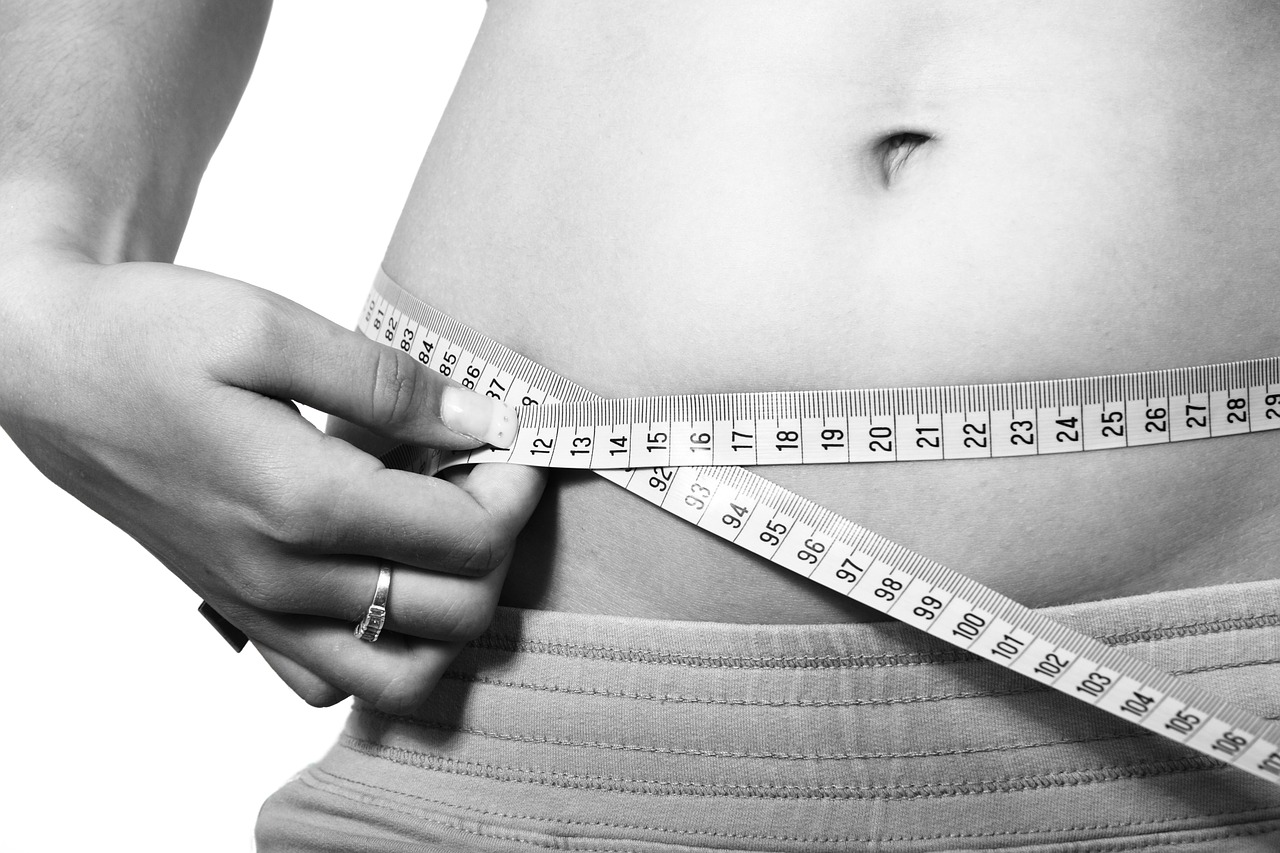
Folks using desktop 3D printers are missing s step that’s commonly used in manufacturing: measurement.
In manufacturing operations the purpose is to produce quality objects in desired quantities, and this can be a very difficult thing to achieve. However, with the aid of equipment and processes, it can be done.
In a manufacturing line an object might be produced, but then it’s often measured very carefully to ensure that it meets the design requirements.
This measurement is sometimes accomplished with specialized devices that can test the dimensions or other aspects of the print and compare the results to a database of design specifications. Should a particular unit be out of range, then it can be declared “bad” and rejected from further processing.
Such error detection can also indicate issues in the manufacturing equipment itself, by showing a consistent problem, for example.
The equipment used to do so varies considerably. You might have a touch sensor probe specific sides of the object in an attempt to discover its width, for example. Or you may have a laser device illuminate a curved surface to discover the 3D profile. There are many types of measurement sensors.
All of these develop a digital profile of the completed object, which can be compared to the design database.
That’s great, but let’s contrast this situation to the current state of desktop 3D printing.
In that situation, hobbyists or professionals print their objects, and, and… Well, that’s about it. There are very few if any formal ways to ensure the quality of the objects produced in desktop 3D printing.
In effect, the quality control is proxied to the performance of the 3D printer used to produce the object: if you trust the manufacturer sufficiently, you accept anything it prints.
That and eyeballing the print.
Is this sufficient? I don’t think so.
When desktop 3D printing was focused on hobbyists and artists, a casual approach sufficed. But now, as an increasing number of desktop 3D printer manufacturers focus their sales towards professionals, it may not be enough.
A designer producing a prototype in their office on a desktop 3D printer might require a means to ensure the prototype is of sufficient quality. Is it at least the correct dimensions? Does it weigh what was expected? Does it provide the strength expected?
I believe there may be a market for some type of simplified quality testing gear suitable for use by professionals in office environments. This will also require thought regarding “how” such testing may take place, as there are literally an infinite number of things that could be tested.
But getting the basics would be very helpful.

